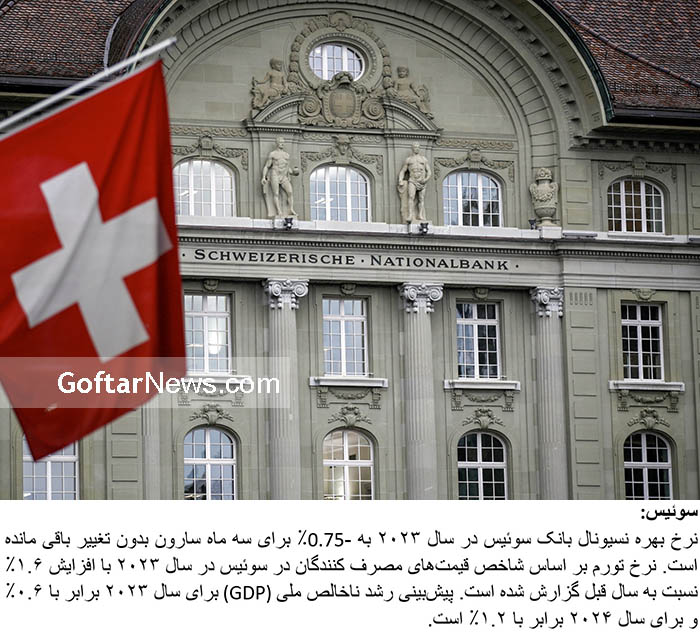Understanding Global Interest Rates and Economic Indicators in 2023
In this comprehensive analysis, we delve into the intricate web of global interest rates and economic indicators in 2023, shedding light on the critical role they play in shaping the world’s financial landscape. Understanding these factors is not just a matter of academic interest; it’s essential for making informed financial decisions in an ever-evolving global economy. We will focus on the economic situations in Switzerland, Denmark, Japan, Sweden, and Spain, exploring their respective interest rates, inflation rates, and the implications for businesses and individuals alike.
Switzerland:
Switzerland, often lauded for its financial stability and banking sector, finds itself navigating a unique economic terrain. The Swiss National Bank has held its benchmark interest rate at a remarkable -0.75% throughout 2023. This negative interest rate environment, while unusual, influences various aspects of the economy. It impacts consumer spending, encourages borrowing, and poses challenges for savers.
In terms of inflation, Switzerland experienced a 1.6% increase based on the Consumer Price Index for 2023 compared to the previous year. The modest inflation rate reflects the country’s economic stability, although it’s essential to monitor this indicator closely, as even slight fluctuations can impact purchasing power and investment decisions. The GDP growth forecast for Switzerland in 2023 is 0.6%, a figure influenced by the ongoing global economic challenges, including the conflict in Ukraine. However, there is optimism for a rebound, with the GDP projected to reach 1.2% in 2024. This forecast underscores the dynamic nature of economic conditions.
November 3, 2023 | 1:11 pm




